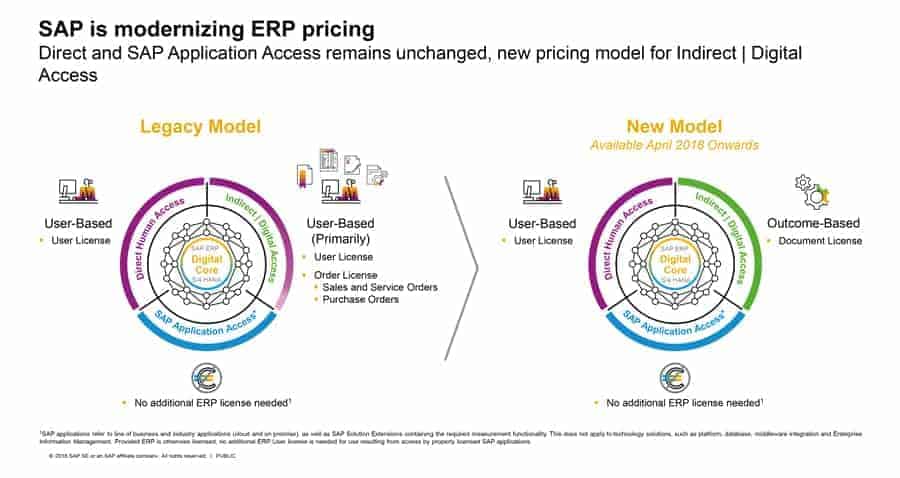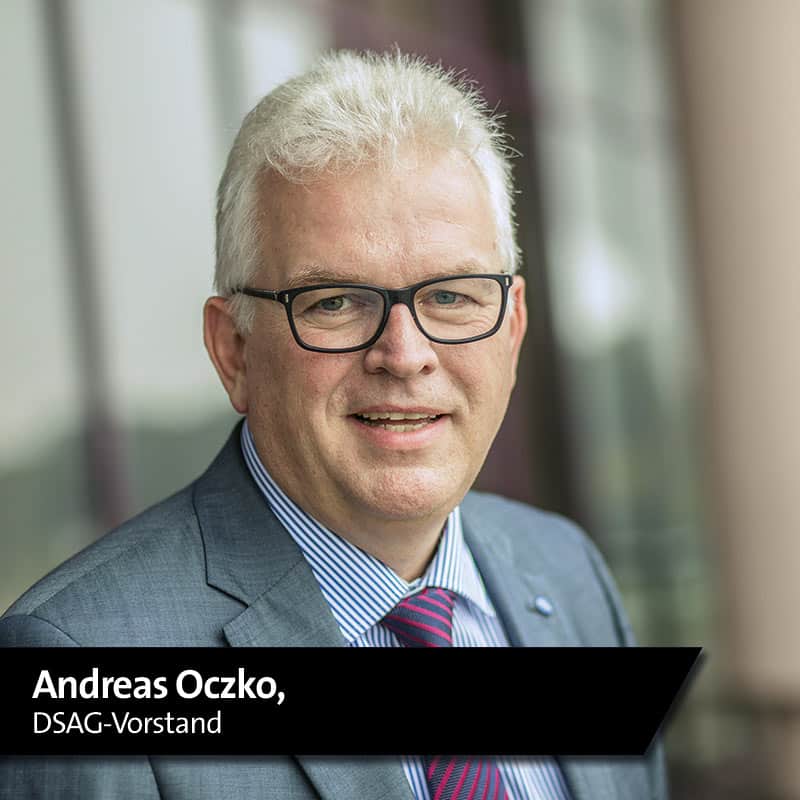SAP licenses - new game, new luck


It is obvious to all those responsible that the new licensing model was knitted with a hot needle: There is a rudimentary concept, but no PKL (SAP Price and Conditions List) and no technical evaluation - perhaps the new idea does not work administratively and organizationally in any way.
There have long been problems and resentment among SAP's existing customers about a licensing model that in its basic features dates back to the mainframe era.
It has always been obvious to users that Hana and S/4, with their digital transformation mandate, need an adequate licensing model.
This also explains why there is rarely any discussion about relative remuneration, but almost always only about the rules of the game (metrics) themselves. SAP's existing customers are concerned with metrics, indirect usage and license measurement.
This also addresses the question of whether the acquisition of NetWeaver Foundation for Third Party Applications (NWF TPA) is necessary for the connection of software functionality (coding) created either by the customer itself (in-house development) or by a third-party provider to the SAP software licensed by the customer.
Very late in the day, the DSAG user association also took these concerns of its members seriously and increased the pressure on SAP. Before that, DSAG board member Andreas Oczko tried to "cozy up" to SAP for a long time, but at the DSAG annual congress last year in Bremen, no amount of coaxing helped: DSAG began to take SAP to task!
How unfortunate the solution came about could be observed at the DSAG Technology Days this year in Stuttgart. Instead of a discussion with the community and partners, negotiations were held - as always - behind closed doors between DSAG and SAP.
Even then, it became apparent that DSAG and SAP were not interested in considering other opinions. The partner association IA4SP, which could represent the counterweight to DSAG, did not get a chance, even though a new model affects SAP partners just as much as existing customers.
After much hesitation, SAP has now announced changes in sales, audit and compliance, as well as unveiling the new licensing model. Within SAP, it was a difficult process because every change to the model has an immediate impact on sales quotas and compensation. Not everyone is happy with the results now found.
DSAG initiated the initial process for the results now available at the 2017 annual congress in Bremen and was and is a discussion partner on the topic of indirect use. It has not yet been decided whether the agreement will deliver what DSAG and SAP hope for in practice.
The user association also notes in a press release that the new licensing model still has to prove itself in reality. Nevertheless, the association is convinced that the model is a good start in terms of licensing and indirect use and thus creates a solution that appeals to everyone.
While fundamentally interesting for new customers, the new licensing model must show in practice whether it can also be implemented in a way that makes economic sense for existing customers. It should be noted that the new approach only addresses licenses for indirect use and not the entire license model.
The new approach distinguishes between direct, human access and indirect, digital user access and is intended to create clear rules for licensing, use and compliance (see graphic).

According to SAP, the new licensing model is intended to provide existing customers with greater cost transparency for indirect, digital access to SAP applications.
Until now, the licensing model for ERP/ECC was based on the number of users. In the meantime, however, more and more digital access to SAP systems is taking place. This is a challenge for customers, who therefore increasingly want an alternative licensing model.
SAP has not yet published a price list (PKL) for the new model, so all statements are a promise for the future. It is also unclear to most experts how the license model based on nine document classes can be technically implemented.
No one wants to talk about a stillbirth at this point in time, because the user association DSAG also highly praises the new model in agreement with SAP.
Unlike previous user-based licensing models for indirect access to ERP applications, the new SAP licensing model is based on the value created by creating and triggering specific transactions and documents in the SAP ERP system.
"SAP has taken an important step with this innovative model to regain customer trust, which seemed to have been lost somewhat recently"
DSAG board member Andreas Oczko praises the new model in the highest terms. Leading experts believe this stance is wrong as long as there is no SAP PKL 2018/2 with the associated prices.

SAP rolled out the new sales, audit and pricing model without PKL as of April 2018 and will provide additional training materials and tools in the coming months.
This should make it easier for customers to understand the new licensing terms and choose the model that suits them best. There will be conversion offers to help existing customers switch from the existing pricing model to the new one.
In the future, SAP thus wants to distinguish between human access - which is calculated according to the number of users - and digital access, i.e. access via third parties, Internet of Things (IoT), bots and/or other digital access, which can be licensed on the basis of the transactions or documents processed by the system itself.
The new SAP licensing model applies to both the digital core - S/4 and Hana Cloud - and ERP/ECC 6.0. Existing customers can choose to stay with the previous model or switch to the new document-based pricing model - depending on which model better fits their SAP and third-party applications.
"A first step has been taken to continue on the path to digital transformation. However, the goal must be to develop a true, breathing model based on a pay-per-use approach"
says DSAG board member Andreas Oczko.





